

Articles
How To Get Closet Door Back On Track
Modified: January 6, 2024
Need help with home maintenance? Learn how to easily get your closet door back on track with our step-by-step guide.
(Many of the links in this article redirect to a specific reviewed product. Your purchase of these products through affiliate links helps to generate commission for Storables.com, at no extra cost. Learn more)
Introduction
A closet door that has come off its track can be a frustrating experience. Not only does it impede easy access to the contents of the closet, but it can also be a safety hazard if not addressed promptly. The good news is that getting a closet door back on track is a task that can be tackled with a few basic tools and some simple steps.
In this guide, we will walk you through the process of fixing a closet door that has derailed, providing you with the knowledge and steps needed to restore its functionality. Whether your door is sticking, dragging, or completely off its track, this guide will help you troubleshoot the issue and get your closet door gliding smoothly once again.
We will start by identifying the common problems that can cause a closet door to come off its track. Understanding the root cause of the issue will ensure that you address it correctly and prevent a recurring problem. From there, we will outline the necessary tools and materials you will need to gather before attempting to fix the door.
Next, we will guide you through the step-by-step process of fixing the closet door, including removing the door, inspecting the tracks, cleaning them, adjusting the rollers, and reinstalling the door. Each step will be explained in detail, ensuring that you have a clear understanding of what needs to be done.
Finally, we will conclude with some tips and reminders for testing the movement of the closet door and ensuring that it is functioning properly. Following these steps and recommendations will help you avoid future door derailments and ensure the longevity of your closet door system.
So, if you are ready to get your closet door back on track and restore the functionality of your space, let’s dive into the common issues and the step-by-step process of fixing them.
Key Takeaways:
- Regular cleaning and maintenance of closet door tracks can prevent common issues such as misalignment, worn-out rollers, and loose screws, ensuring smooth and hassle-free door operation.
- Proper assessment, adjustment of rollers, and thorough testing are essential steps in successfully fixing a closet door that has derailed, restoring its functionality and convenience.
Read more: How To Get Garage Door Back On Track
Common Issues with Closet Doors
Closet doors can experience a variety of issues that cause them to come off their tracks. Understanding these common issues will help you diagnose the problem with your door and take the appropriate steps to fix it.
1. Misalignment: One of the most common reasons for a closet door to come off track is misalignment. This can occur when the door’s rollers or tracks are not properly aligned, causing the door to veer off course. Misalignment can be caused by loose screws, worn-out rollers, or damaged tracks.
2. Dirty Tracks: Over time, dirt, dust, and debris can accumulate in the tracks of the closet door, hindering the smooth movement of the rollers. This can lead to the door getting stuck or coming off track. Regular cleaning of the tracks is essential to prevent this issue from occurring.
3. Worn-out Rollers: The rollers on a closet door can wear out over time due to regular use. When the rollers become worn, they may not glide smoothly along the tracks, resulting in friction and potential derailment of the door.
4. Loose Screws: If the screws holding the tracks or rollers in place become loose, it can lead to instability and cause the door to come off track. Periodically checking and tightening the screws is necessary to maintain the stability of the door.
5. Damaged Tracks: In some cases, the tracks themselves may be damaged or bent, preventing the door from sliding smoothly. This can happen due to excessive force, accidents, or wear and tear. Inspecting the tracks for any signs of damage is crucial to identify and address this issue.
Identifying the specific issue with your closet door will help you determine the necessary steps to fix it. In the next section, we will explain how to assess the problem and gather the tools and materials you will need for the repair process.
Assessing the Problem
Before you can successfully fix a closet door that has come off its track, it is important to assess the problem and determine the root cause. Taking the time to properly assess the issue will ensure that you address it accurately and avoid any further complications.
Here are some steps to help you assess the problem with your closet door:
1. Visual Inspection: Begin by visually inspecting the door and its surrounding area. Look for any obvious signs of misalignment, damage, or loose components. Check if the door is dragging, sticking, or completely off its track.
2. Check for Misalignment: Examine the rollers and tracks to see if they are properly aligned. Inspect the screws and bolts holding the tracks in place to ensure they are tight. If you notice any misalignment, looseness, or damage, these could be contributing factors to the door coming off track.
3. Investigate the Rollers: Check the condition of the rollers. If they appear worn out, damaged, or no longer roll smoothly, they may need to be replaced. You can try gently moving the rollers back and forth to see if they are loose or have excessive play.
4. Clean the Tracks: Dirty tracks can cause friction and hinder the movement of the door. Inspect the tracks for any debris or buildup. If you notice dirt, dust, or obstructions, cleaning them thoroughly may resolve the issue.
5. Test the Door Movement: Try manually moving the door along the track to see if there are any areas where it gets stuck or encounters resistance. Pay close attention to any unusual sounds or vibrations, as these may indicate underlying problems.
By carefully assessing the problem, you will gain a better understanding of what needs to be fixed. This will allow you to determine the appropriate steps and gather the necessary tools and materials to address the issue effectively.
In the next section, we will discuss the tools and materials you will need to fix a closet door that has come off its track.
Tools and Materials Needed
Before you embark on the task of fixing a closet door that has come off its track, it is important to gather the necessary tools and materials. Having everything you need at hand will streamline the repair process and save you time and frustration.
Here are the tools and materials you will need:
1. Screwdriver: A screwdriver is an essential tool for removing screws that hold the door or tracks in place. Depending on the type of screws used, you may need a Phillips or flathead screwdriver.
2. Pliers: Pliers can be useful for gripping and manipulating components of the door, such as rollers or track brackets. They can help with adjustments and repairs.
3. Wrench: In some cases, you may need a wrench to tighten or loosen nuts and bolts that secure the tracks or other door components.
4. Cleaning Supplies: To clean the tracks and remove any dirt or debris, you will need cleaning supplies such as a vacuum cleaner, a soft cloth, and a mild cleaning solution or soapy water.
5. Lubricant: A lubricant, such as silicone spray or a door track lubricant, can help reduce friction and ensure smooth door movement. This can be applied to the tracks and rollers as part of the repair process.
6. Replacement Parts: Depending on the specific problem with your closet door, you may need replacement parts such as new rollers, track brackets, or screws. It is helpful to identify the required replacements ahead of time and have them ready for the repair.
It is also a good practice to have safety goggles or protective eyewear and gloves to protect yourself during the repair process.
By gathering these tools and materials before you begin the repair, you will have everything you need to fix the closet door efficiently.
In the next section, we will walk you through the step-by-step process of removing the door from its track.
Step 1: Removing the Door
The first step in fixing a closet door that has come off its track is to remove the door from its current position. This will allow you to access the tracks and assess the issue more effectively.
Follow these steps to remove the door:
1. Clear the Area: Before you begin, ensure that the area around the closet door is clear of any obstacles or belongings. This will provide you with enough space to maneuver and safely remove the door.
2. Locate the Top Pivot: Most closet doors have a pivot at the top of the frame that holds the door in place. Locate the top pivot and check if there is a release lever or screw that holds it in position. If there is a release lever, push or pull it to disengage the pivot. If there is a screw, use a screwdriver to remove it.
3. Lift the Door: With the top pivot disengaged, carefully lift the door upwards. The door should now be free from the bottom track and can be pulled away from the frame. Take caution as closet doors can be heavy and require assistance to lift safely.
4. Set the Door Aside: Once the door is removed, set it aside in a safe and stable location. Lay it down flat or lean it against a wall to prevent it from getting damaged or causing injury.
5. Remove the Bottom Pivot: Some closet doors may also have a bottom pivot or floor guide that helps to stabilize the door. If your door has a bottom pivot, check if it can be easily unscrewed or disengaged. Remove the bottom pivot and set it aside with the door.
By following these steps, you can safely remove the closet door from its track, allowing you to proceed with further repairs and adjustments. In the next section, we will discuss how to inspect the tracks for any issues.
Read more: How To Get Garage Door Back On Chain
Step 2: Inspecting the Tracks
Once the closet door has been removed, it’s time to inspect the tracks to identify any potential issues that may have caused the derailment. Carefully examining the tracks will help you determine the necessary repairs or adjustments needed to get the door back on track.
Follow these steps to inspect the tracks:
1. Clean the Tracks: Before inspecting the tracks, it is essential to clean them thoroughly. Use a vacuum cleaner or a soft cloth to remove any dirt, dust, or debris that may have accumulated. This will allow for a clear view of the tracks and ensure smooth movement of the door.
2. Check for Damage: Once the tracks are clean, carefully examine them for any signs of damage, such as dents, bends, or warping. Damaged tracks can hinder the proper movement of the door and may need to be repaired or replaced.
3. Assess Alignment: Ensure that the tracks are properly aligned. Look for any gaps or unevenness between the tracks and the closet frame. Misaligned tracks can cause the door to come off track or drag along the frame, leading to further issues.
4. Examine the Track Brackets: Inspect the track brackets that hold the tracks in place. Make sure they are securely attached and properly aligned. Loose or damaged track brackets can contribute to the door coming off track and may require tightening or replacement.
5. Investigate Obstructions: Check for any obstructions or foreign objects that may be obstructing the movement of the door along the tracks. Even small pieces of debris or protrusions can impede the smooth gliding of the door and need to be removed.
By carefully inspecting the tracks, you will be able to identify any issues that may have caused the door to derail. This will enable you to take the appropriate steps to address the problem and ensure that the tracks are in proper working condition.
In the next section, we will discuss how to clean the tracks to improve the functionality of the closet door.
To get a closet door back on track, start by removing the door from the track and inspecting for any damage. Clean the track and rollers, then realign the door and carefully slide it back onto the track.
Step 3: Cleaning the Tracks
After inspecting the tracks and identifying any potential issues, the next step in fixing a closet door is to clean the tracks. Over time, dirt, debris, and even small objects can accumulate in the tracks, hindering the smooth movement of the door. Cleaning the tracks will restore their functionality and help prevent future derailments.
Follow these steps to clean the tracks:
1. Prepare Cleaning Solution: Start by preparing a mild cleaning solution. You can use a mixture of warm water and a mild detergent or dish soap. Avoid using abrasive cleaners or harsh chemicals, as they can damage the tracks.
2. Remove Loose Debris: Use a soft cloth or a vacuum cleaner to remove any loose debris or dirt from the tracks. Be thorough in your cleaning, ensuring that all particles are removed to allow for smooth door movement.
3. Apply Cleaning Solution: Dip a soft cloth into the cleaning solution and wring it out to remove excess liquid. Gently wipe down the tracks using the damp cloth, focusing on areas with stubborn dirt or grime. Take your time and ensure that you clean both the top and bottom tracks thoroughly.
4. Scrub Stubborn Stains: For stubborn stains or residues, you may need to use a soft-bristled brush or an old toothbrush. Dip the brush into the cleaning solution and gently scrub the stained areas. Avoid applying excessive force, as this can damage the tracks.
5. Wipe Dry: Once you have cleaned the tracks, use a dry cloth to wipe them dry. Ensure that no moisture remains in the tracks, as this can cause rusting or future blockages.
6. Lubricate the Tracks: After cleaning and drying the tracks, it is recommended to lubricate them to ensure smoother door movement. Apply a small amount of silicone spray or a specialized door track lubricant to the tracks. Move the door back and forth along the tracks to evenly distribute the lubricant.
By diligently cleaning the tracks, you will remove any dirt or debris that may be hindering the movement of the closet door. This will provide a solid foundation for the next steps of adjusting the rollers and reinstalling the door.
In the next section, we will discuss how to adjust the rollers to get the closet door back on track.
Step 4: Adjusting the Rollers
Adjusting the rollers is a crucial step in getting the closet door back on track. The rollers are responsible for smooth door movement along the tracks, and making the necessary adjustments will ensure proper alignment and functionality of the door.
Follow these steps to adjust the rollers:
1. Locate the Roller Adjusting Screws: Most closet doors have roller adjusting screws located on the bottom edges of the door. These screws are used to raise or lower the rollers, allowing for proper alignment.
2. Identify the Problematic Roller(s): Determine which roller(s) is causing the issue. If the entire door is off track, it is likely that both rollers will require adjustment. If a specific side or corner of the door is dragging or sticking, focus on adjusting the corresponding roller(s).
3. Raise or Lower the Roller: Use a screwdriver to turn the roller adjusting screw either clockwise or counterclockwise. Turning the screw clockwise will raise the roller, while turning it counterclockwise will lower the roller. Make small adjustments at a time until the desired height is achieved.
4. Test the Door Movement: After adjusting the rollers, carefully lift the door and place it back on the tracks. Test its movement by sliding it along the tracks. The door should glide smoothly without any sticking or dragging. If necessary, make additional adjustments to achieve optimal door movement.
5. Repeat for All Rollers: If your closet door has multiple rollers, repeat the adjusting process for each one. Ensure that all rollers are set to the same height to achieve proper alignment and prevent any imbalances.
6. Secure the Roller Adjusting Screws: Once you have adjusted the rollers to the desired height, use the screwdriver to tighten the roller adjusting screws. This will secure the position of the rollers and prevent them from moving during use.
By accurately adjusting the rollers, you will ensure that the closet door moves smoothly and remains on track. This step plays a vital role in restoring the functionality of the door.
In the next section, we will discuss how to reinstall the door and test its movement.
Step 5: Reinstalling the Door
After inspecting and cleaning the tracks, and adjusting the rollers, it’s time to reinstall the door onto the tracks. This step will restore the door’s functionality and allow it to glide smoothly along the tracks once again.
Follow these steps to reinstall the door:
1. Position the Door: Lift the door and carefully place it back onto the bottom track. Ensure that the rollers align with the track grooves, allowing for a proper fit.
2. Align the Top Pivot: Align the top of the door with the top pivot bracket in the frame. If there is a release lever or screw, engage it to secure the top pivot. If there is a screw, use a screwdriver to tighten it.
3. Lower the Door: Slowly lower the bottom of the door, allowing the rollers to rest and glide on the track. Ensure that the door is properly aligned and level as it rests on the track.
4. Test the Door Movement: Once the door is back on the track, test its movement by sliding it back and forth. It should glide smoothly without any obstructions or resistance. If there are any issues, double-check the alignment and adjust the rollers if necessary.
5. Check for Proper Clearance: Ensure that the door has proper clearance from both the top and sides of the frame. There should be enough space for the door to open and close without scraping or rubbing against the frame.
6. Secure Any Additional Components: If your closet door has a bottom pivot or floor guide, reinstall it according to the manufacturer’s instructions. Secure it to the floor to provide stability for the door.
By following these steps, you will successfully reinstall the door onto the tracks, restoring its functionality. Ensure that the door moves smoothly and without any issues before proceeding to the final step.
In the next section, we will discuss how to test the movement of the reinstalled closet door.
Read more: How To Clean Patio Door Tracks
Step 6: Testing the Movement
After reinstalling the closet door, it is crucial to thoroughly test its movement to ensure that it is functioning properly. Testing the door will allow you to identify any remaining issues and make any necessary adjustments before considering the repair process complete.
Follow these steps to test the movement of the reinstalled closet door:
1. Open and Close the Door: Gently open and close the door several times along the entire length of the track. Pay attention to how smoothly the door moves and if there are any areas where it encounters resistance or sticks. This will help you identify any remaining issues that may need further attention.
2. Check for Dragging or Misalignment: Observe the door as it moves along the track. Look for any signs of dragging, misalignment, or uneven movement. If you notice any of these issues, carefully examine the rollers and tracks to determine the cause and make the necessary adjustments.
3. Test the Door Stops: If your closet door has door stops at either end of the track, ensure that they are properly positioned and functioning. The door should come to a gentle stop when fully opened or closed, without any excessive force or slamming.
4. Listen for Unusual Sounds: Pay attention to any unusual sounds or noises as the door is being opened and closed. Scraping, grinding, or squeaking sounds may indicate that further adjustments or lubrication are needed.
5. Make Final Adjustments: If you encounter any issues during the testing process, carefully review the previous steps to identify the source of the problem. It may require additional adjustments to the rollers, lubrication of the tracks, or alignment of the door to ensure optimal performance.
By thoroughly testing the movement of the reinstalled closet door, you can confirm that the repairs have been successful and address any remaining issues. This step is crucial in ensuring that the door is fully functional and will continue to provide smooth and effortless operation.
Now that you have tested the movement of the door and made any necessary adjustments, your closet door repair process is complete. Enjoy the renewed functionality of your closet door!
Should you encounter any further issues or recurring problems, it is advisable to consult a professional for further assistance.
Conclusion
Fixing a closet door that has come off its track may seem like a daunting task, but with the right knowledge and steps, it can be a straightforward process. By following the steps outlined in this guide, you can successfully get your closet door back on track and restore its functionality.
We began by identifying the common issues that can cause a closet door to derail, such as misalignment, dirty tracks, worn-out rollers, loose screws, and damaged tracks. Understanding these issues allowed us to accurately diagnose the problem and take the necessary steps to fix it.
We then discussed the importance of assessing the problem before starting the repair process. By visually inspecting the door, checking for misalignment, investigating the rollers, and examining the tracks for any damage or obstructions, you could pinpoint the root cause of the issue.
With the tools and materials in hand, you were well-prepared to tackle the repair. Removing the door, inspecting the tracks, cleaning them thoroughly, adjusting the rollers, and reinstalling the door were the main steps involved in restoring the functionality of the closet door.
Finally, we emphasized the significance of testing the movement of the reinstalled door. Opening and closing the door, checking for dragging or misalignment, ensuring proper clearance, and listening for any unusual sounds allowed you to confirm that the repair was successful.
Remember, proper maintenance and regular cleaning of the tracks can help prevent future issues and ensure the longevity of your closet door system. Additionally, if you encounter more complex problems or are unsure about any step of the repair process, it is advisable to seek assistance from a professional.
By following these guidelines and taking the necessary steps, you have gained the skills to fix a closet door that has come off its track. Enjoy the satisfaction of a smoothly operating closet door and the convenience it brings to your everyday life.
Frequently Asked Questions about How To Get Closet Door Back On Track
Was this page helpful?
At Storables.com, we guarantee accurate and reliable information. Our content, validated by Expert Board Contributors, is crafted following stringent Editorial Policies. We're committed to providing you with well-researched, expert-backed insights for all your informational needs.
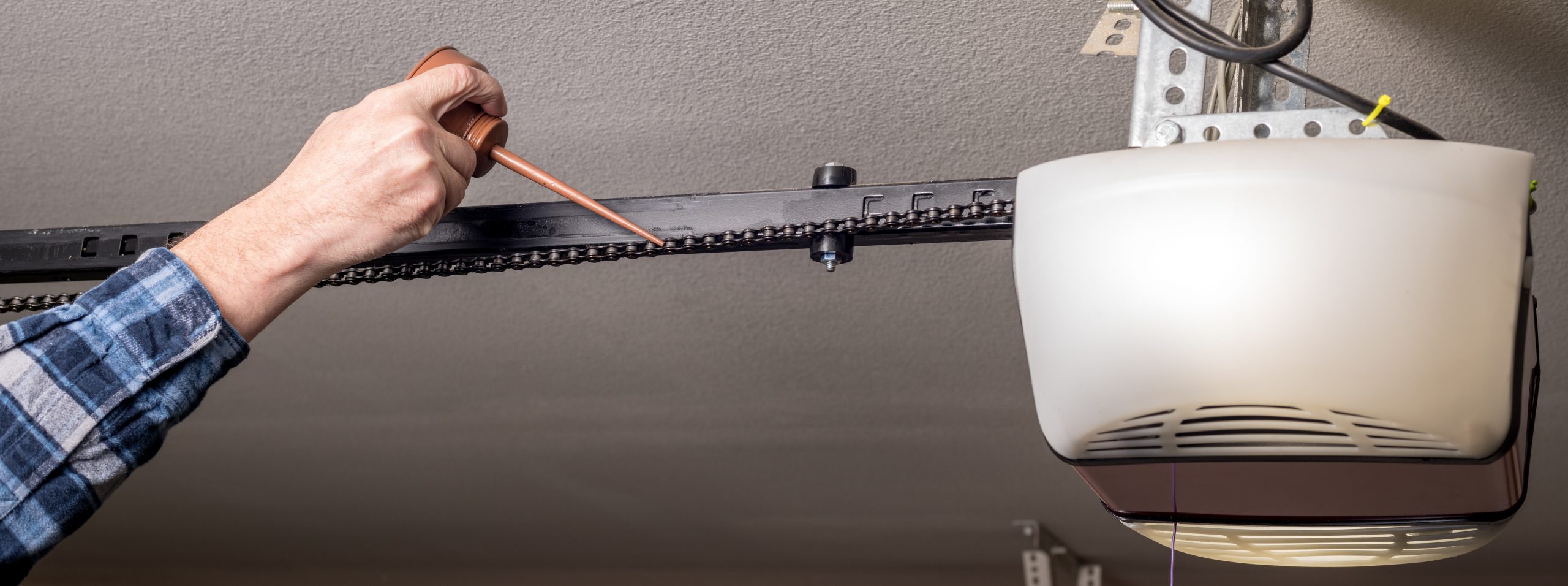
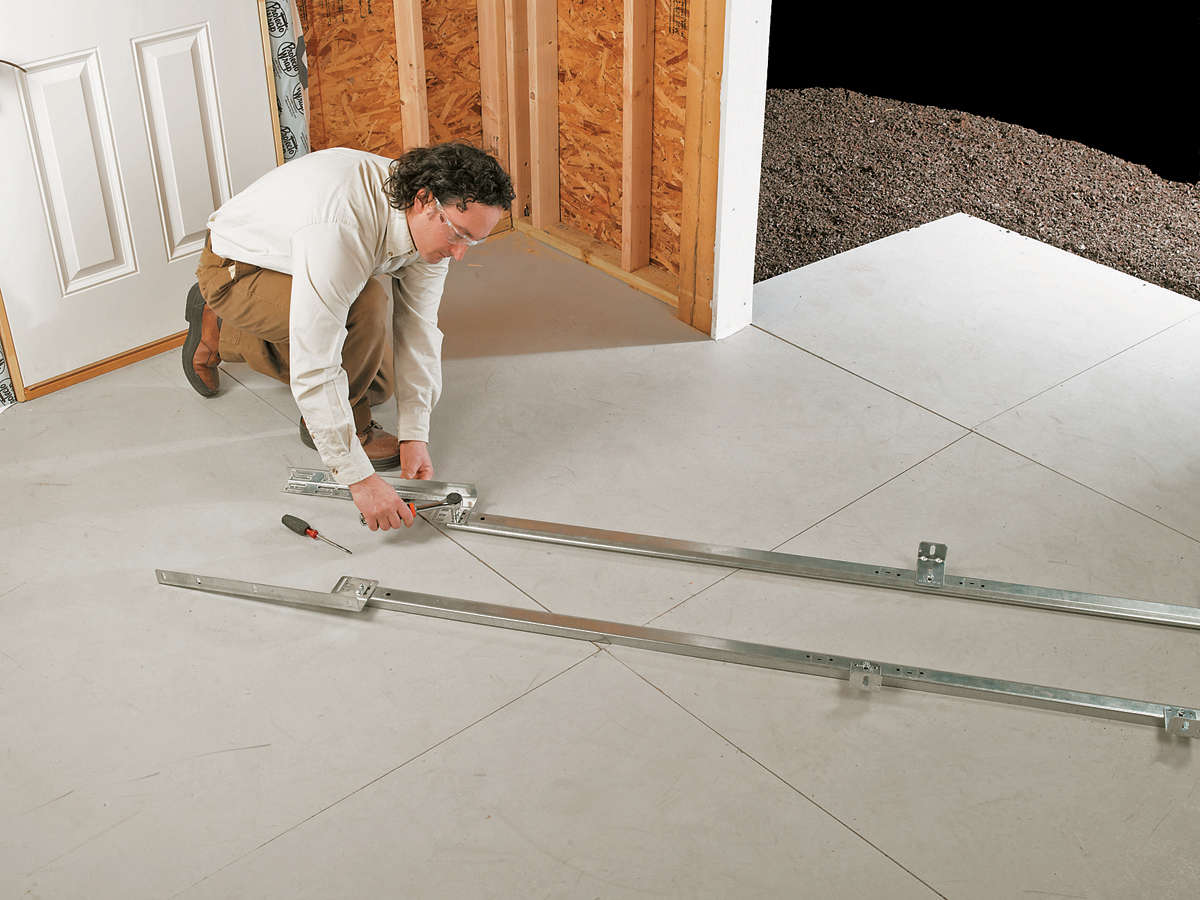
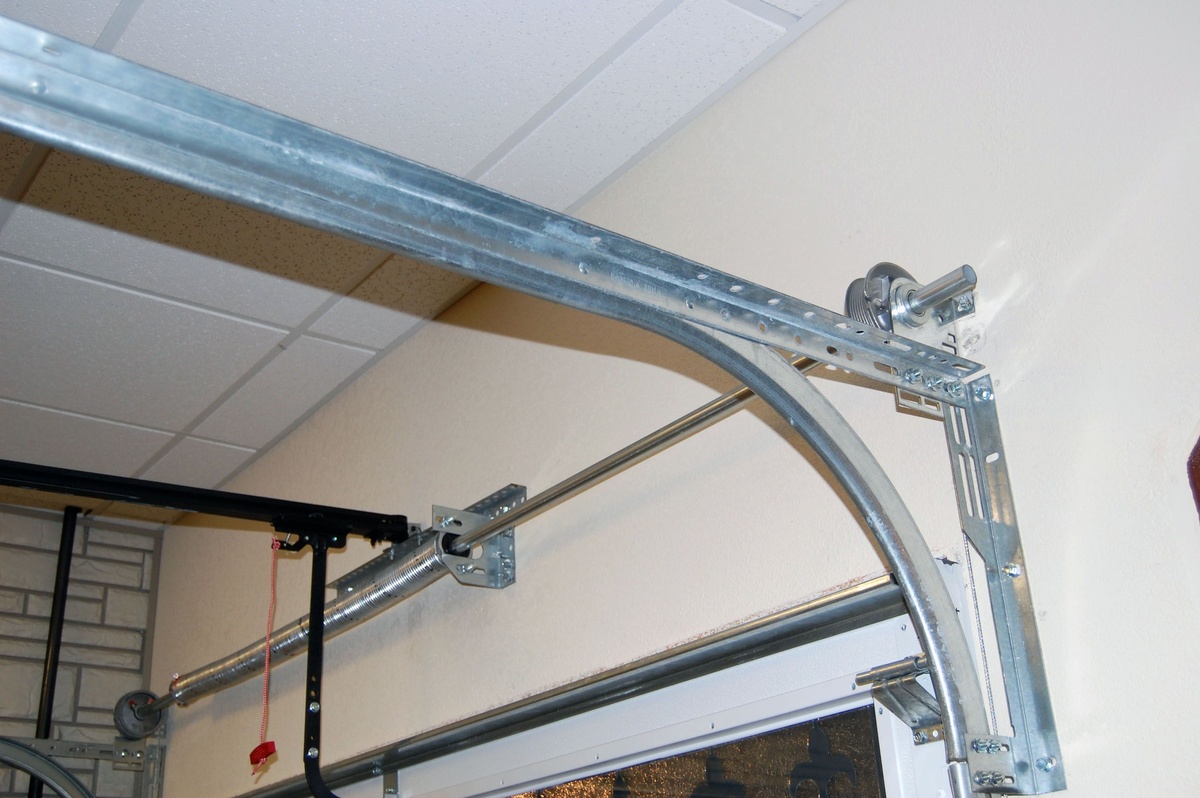
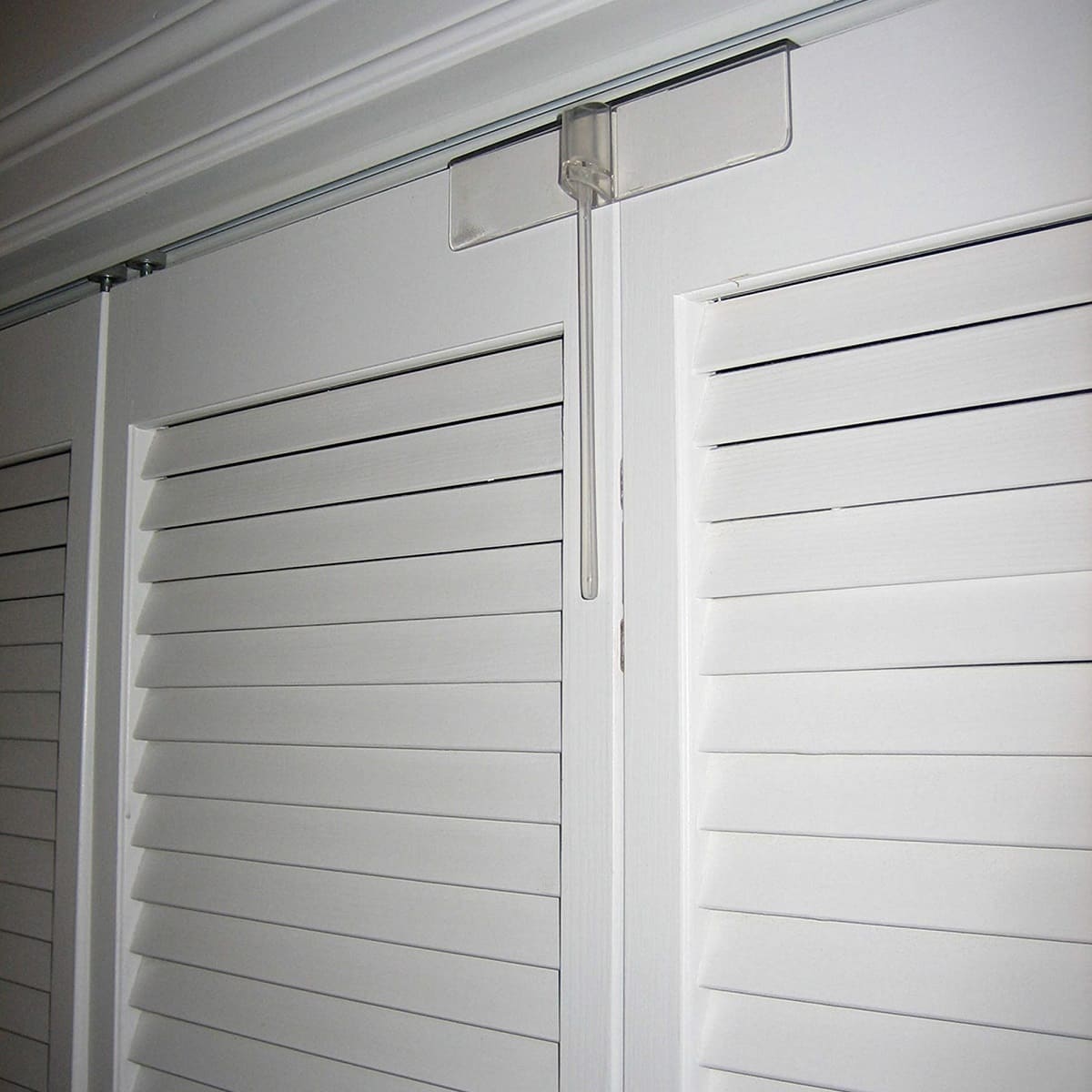
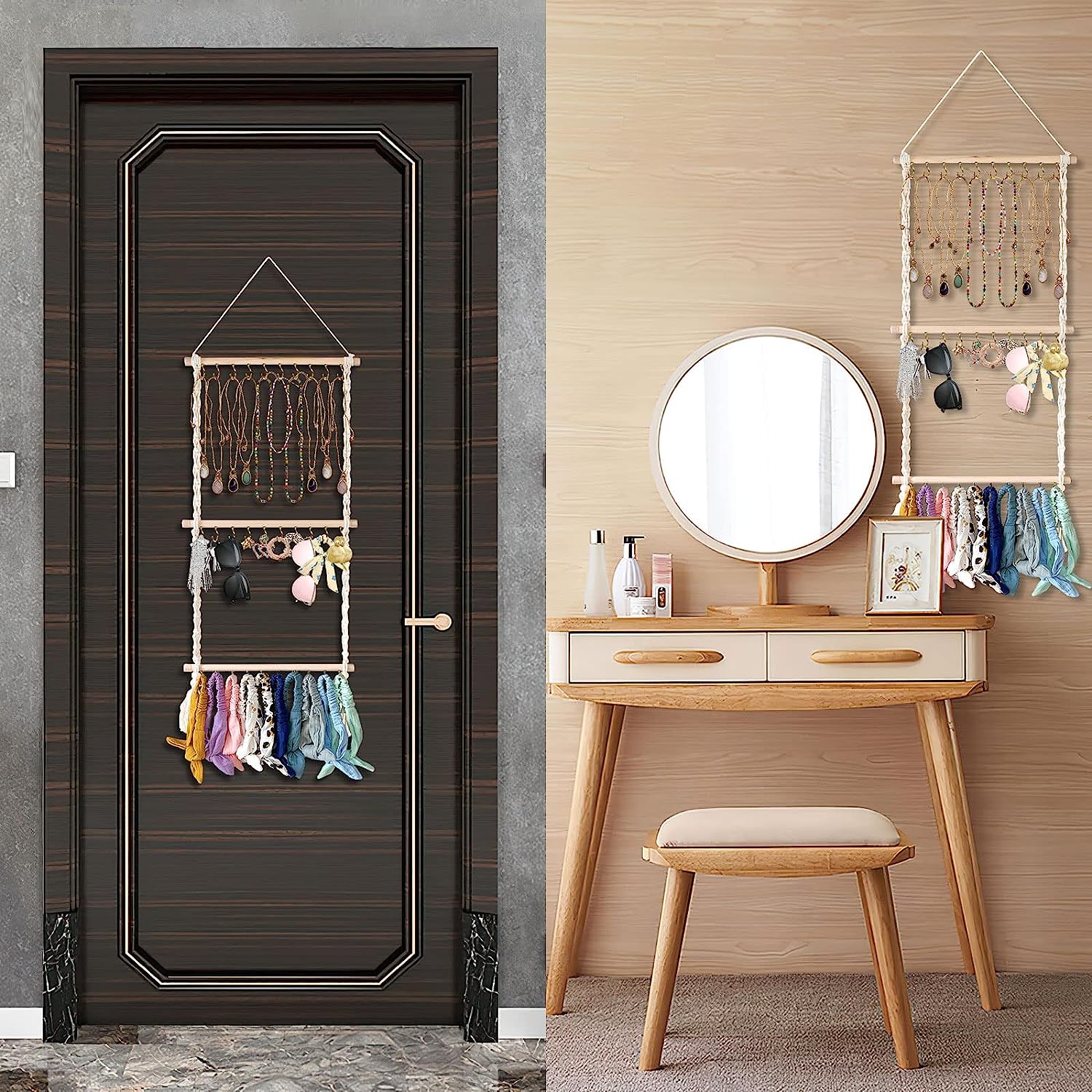

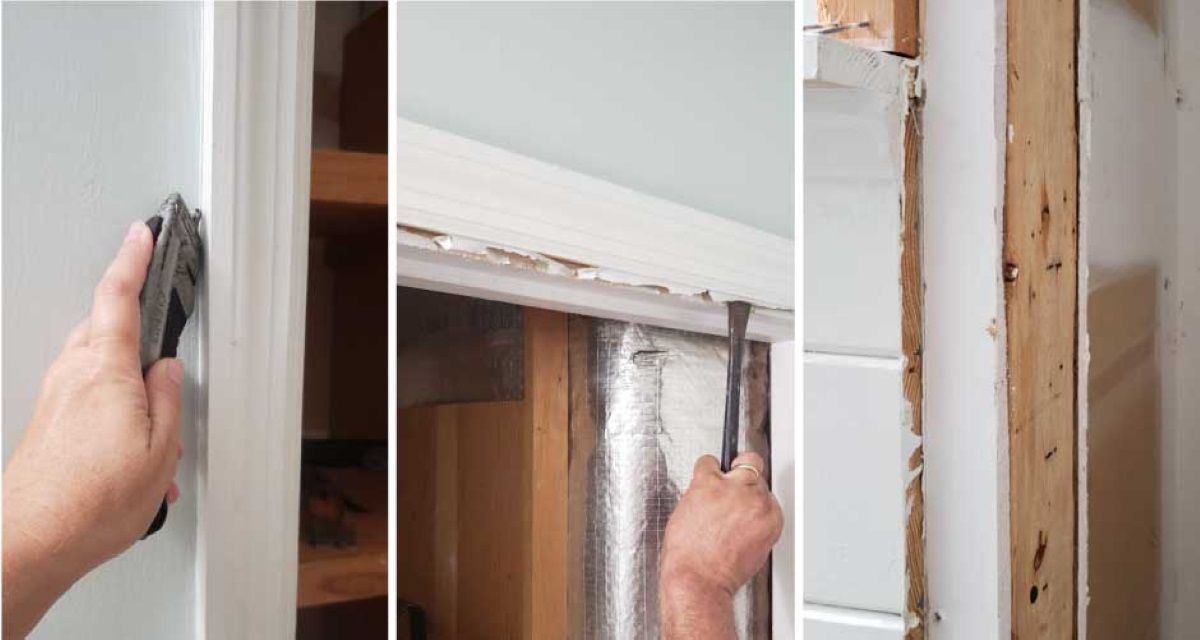
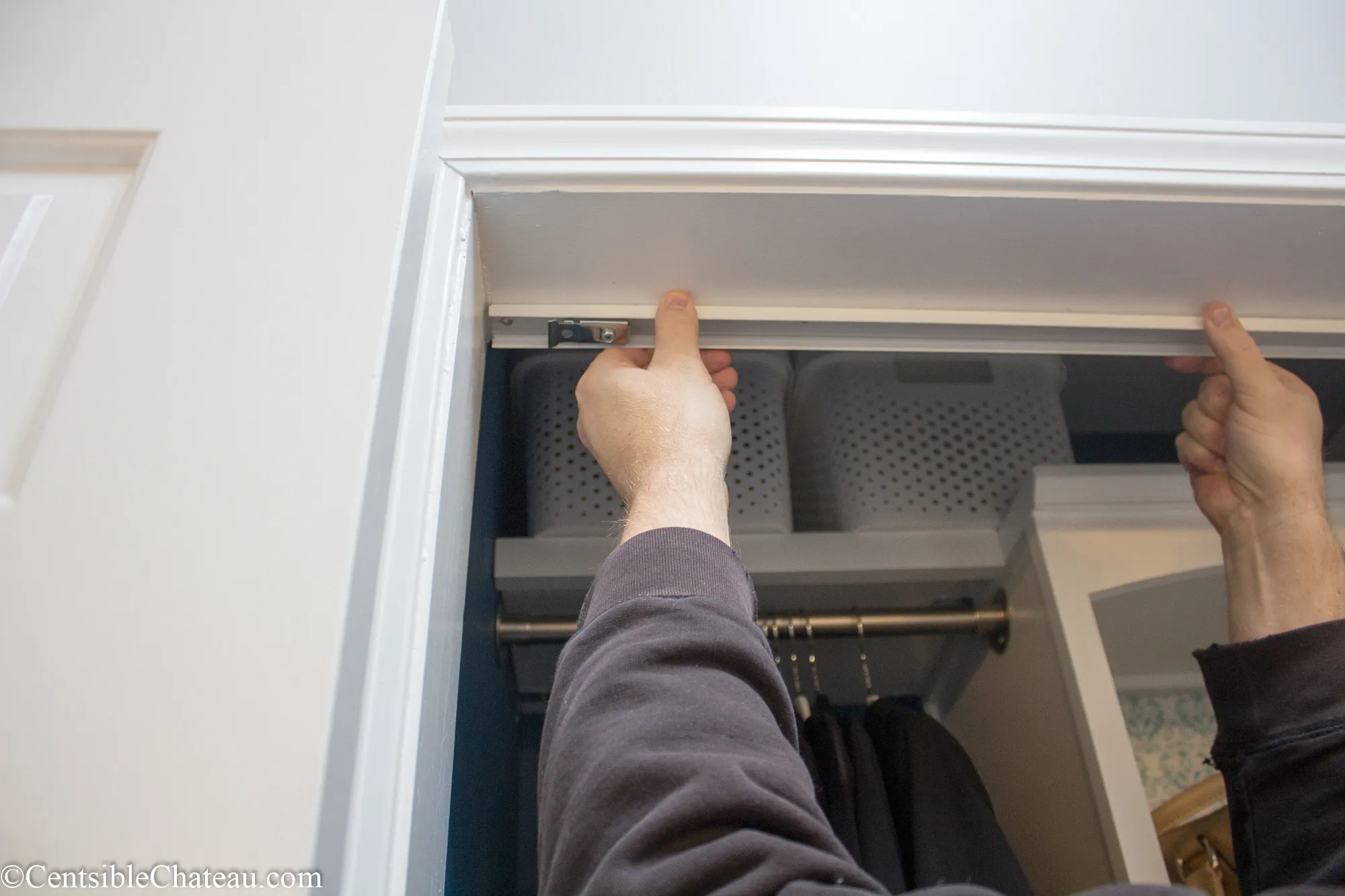
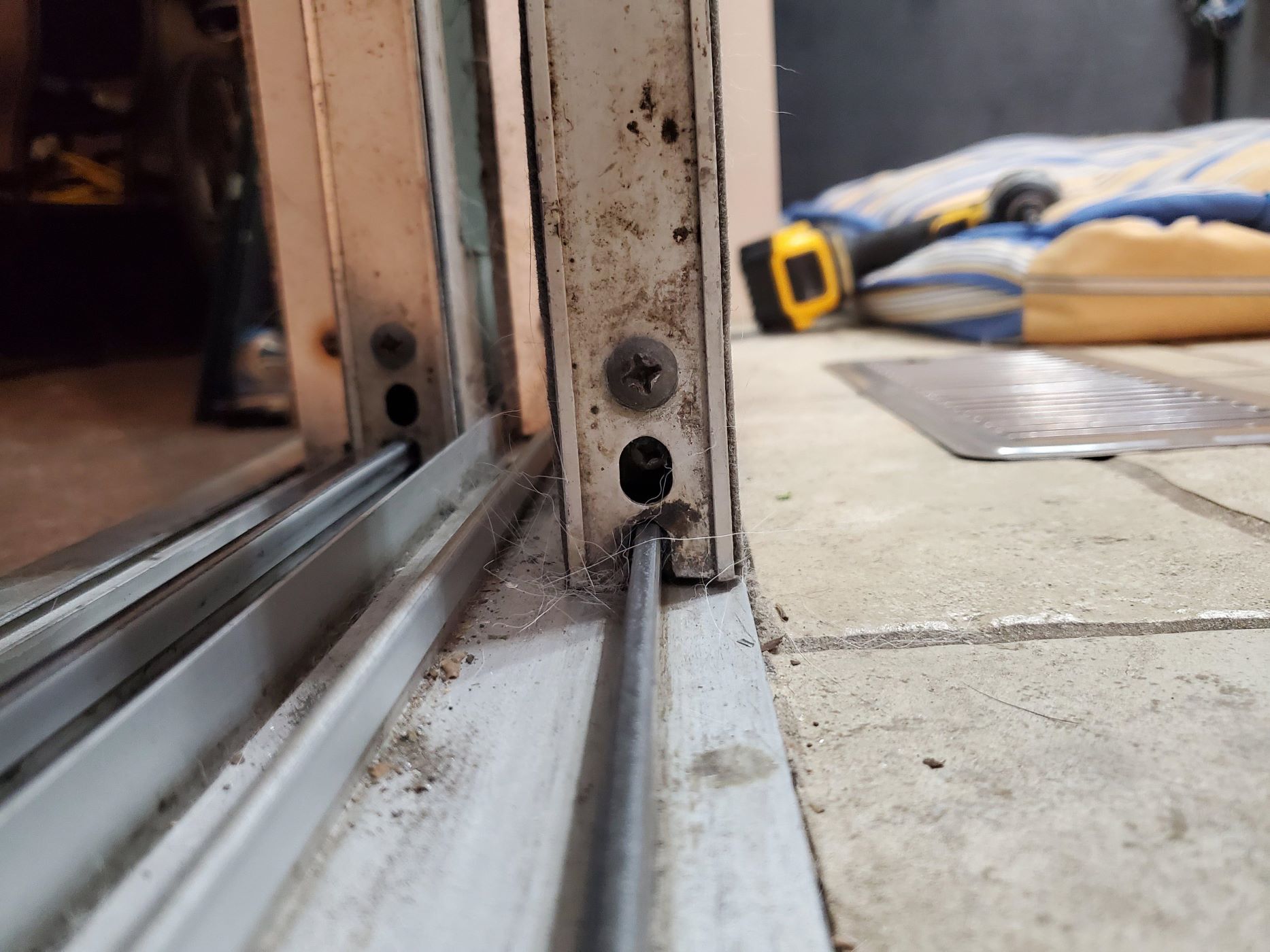
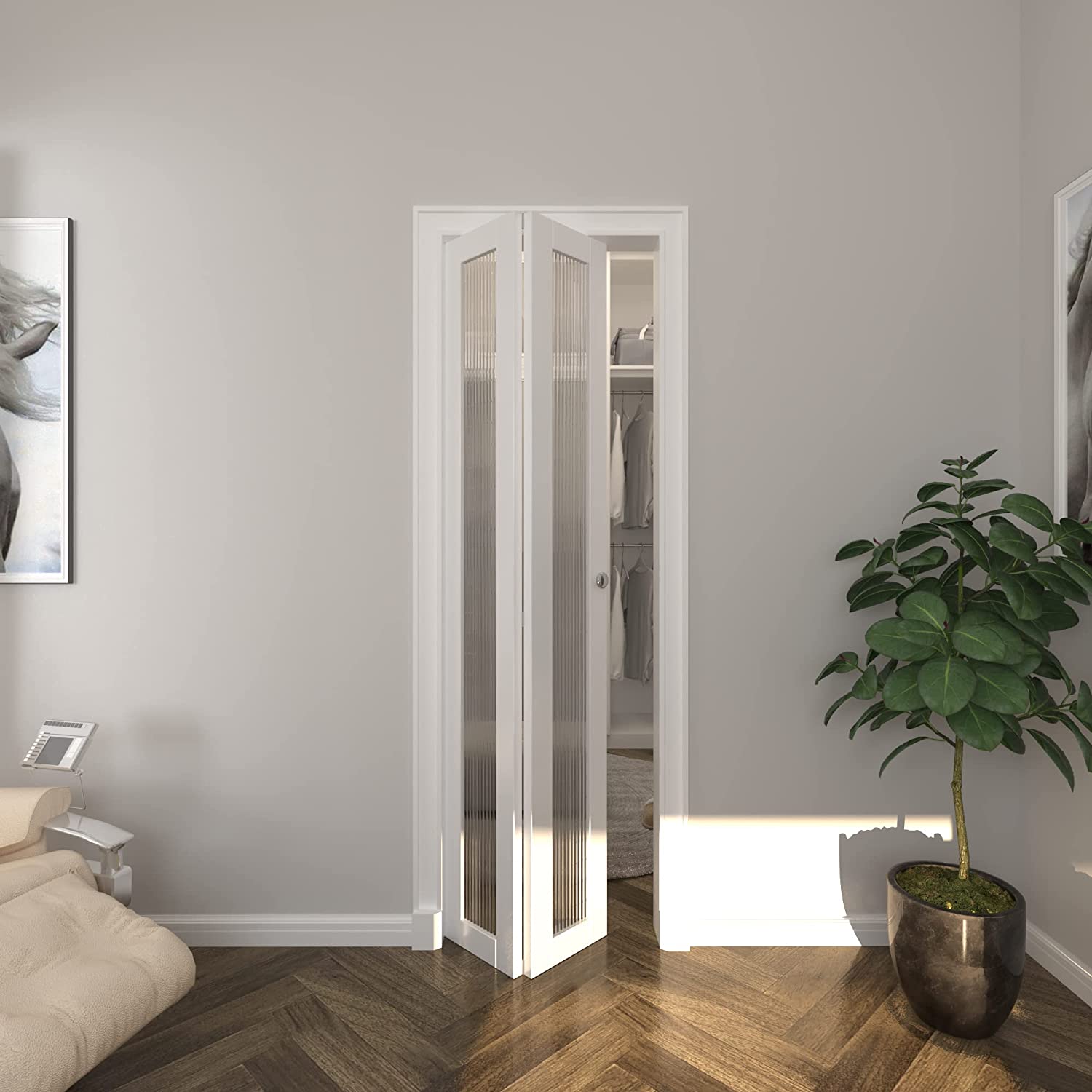
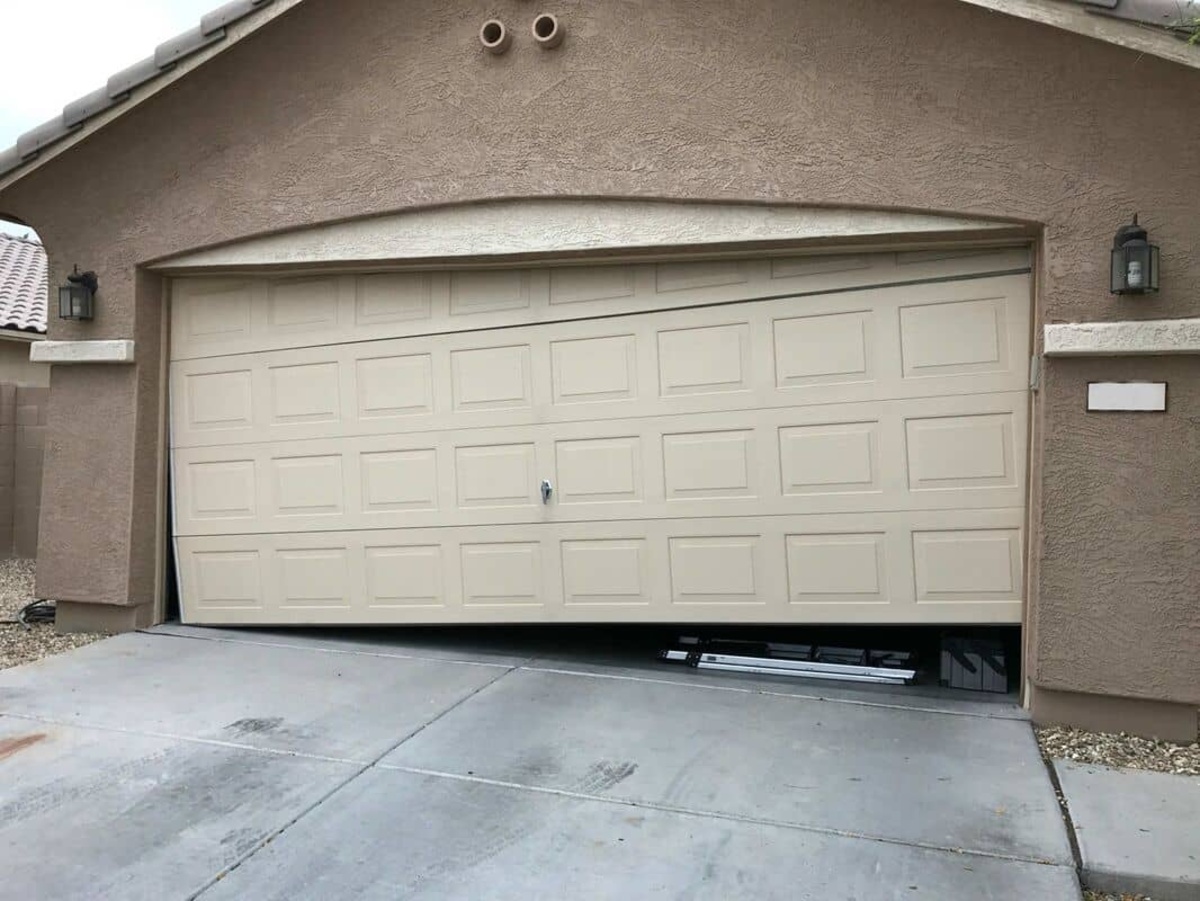
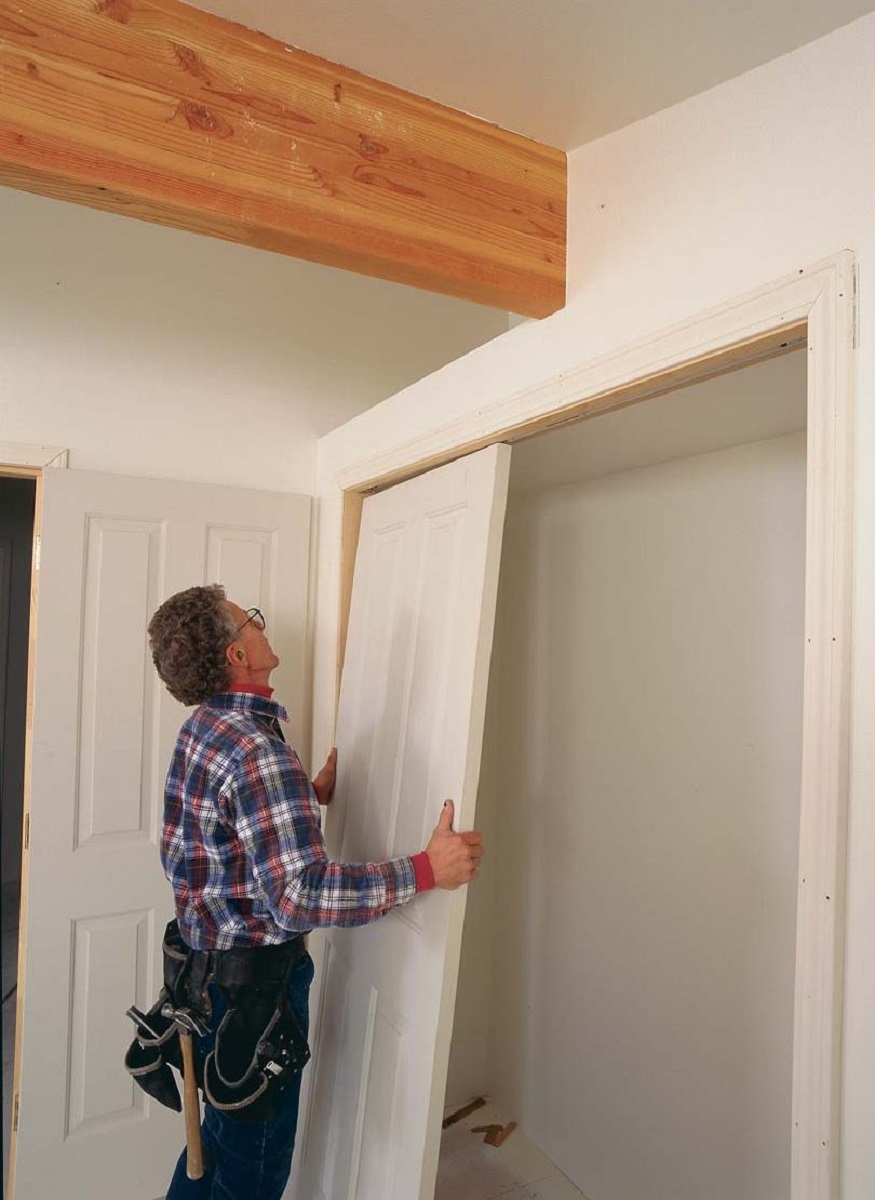
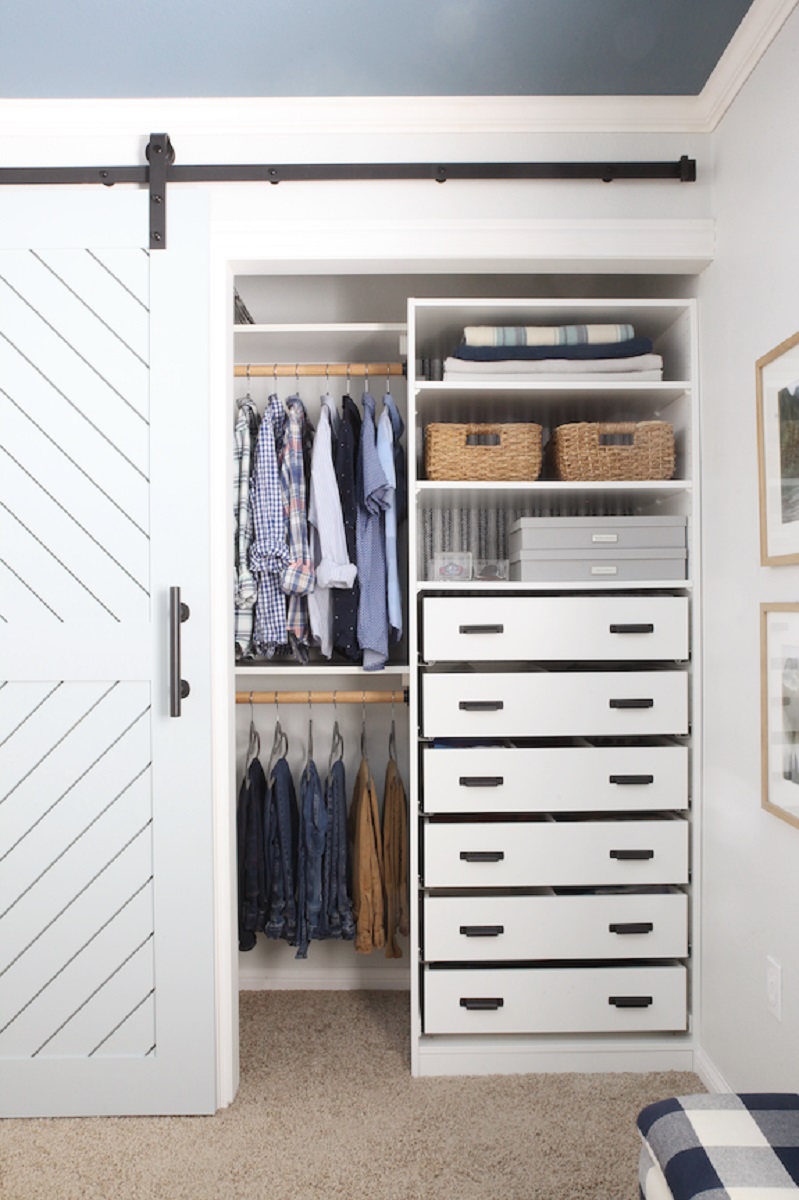

0 thoughts on “How To Get Closet Door Back On Track”